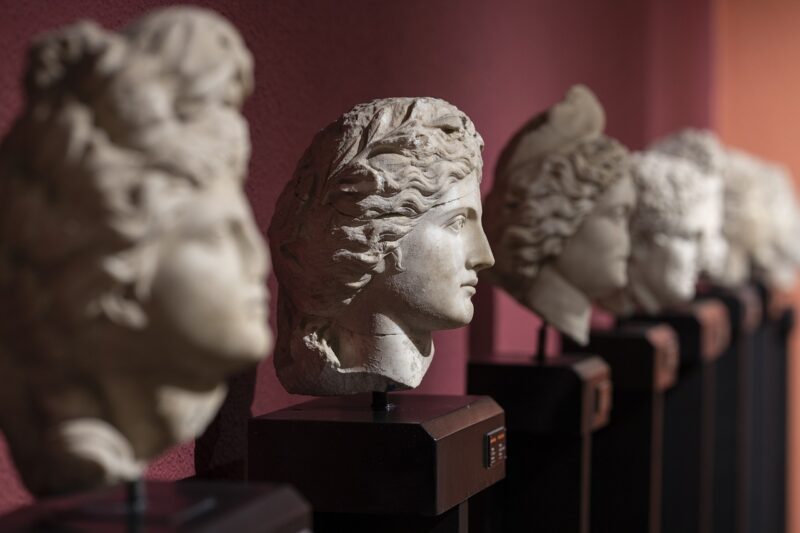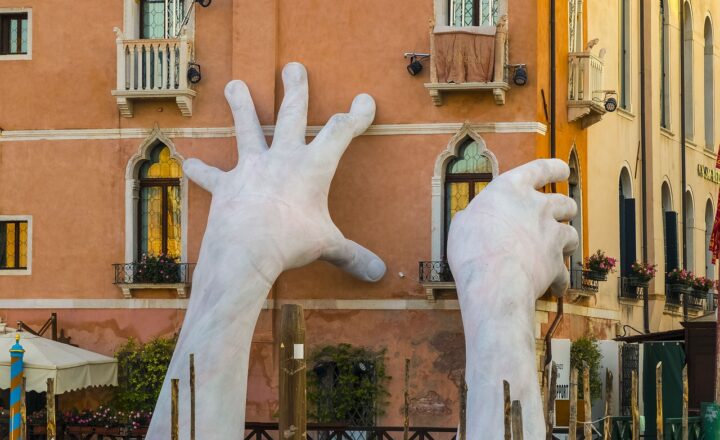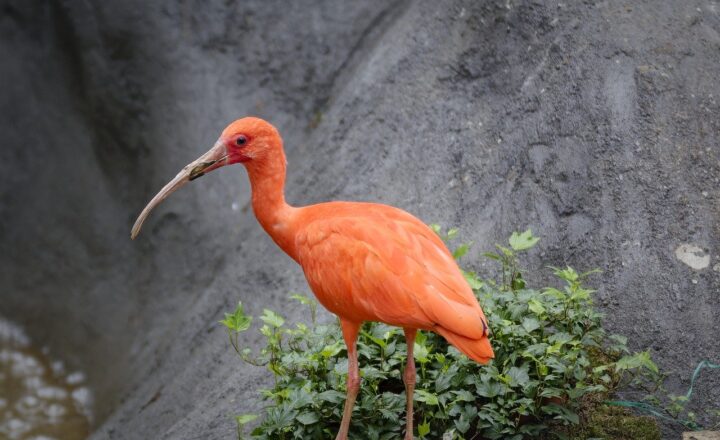How Animals Have Inspired Myths and Legends in Every Culture
November 17, 2024

Animals have long been a source of inspiration for myths, legends, and folktales across various cultures around the globe. From the majestic eagle symbolizing strength and freedom to the cunning fox representing wit and cleverness, animals feature prominently in the storytelling traditions of humanity. This article explores the profound impact that animals have had on myths and legends, highlighting examples from diverse cultures and the meanings attached to these creatures.
1. The Significance of Animals in Myths
Myths often serve to explain natural phenomena, convey moral lessons, and share cultural values. Animals, with their distinct behaviors and characteristics, have provided a rich tapestry of inspiration for these narratives. Cultures around the world have anthropomorphized animals, imbuing them with human qualities and emotions. This personification allows for greater relatability in stories, enabling audiences to reflect on their own experiences and moral dilemmas through the lens of animal behavior.
The Role of Animals in Creation Stories
Many creation myths feature animals as central figures. For instance, in many Native American cultures, animals are often depicted as both creators and helpers in the creation process. The story of the Great Blue Heron is a common narrative where the heron plays a role in shaping the earth and its features, embodying themes of resilience and wisdom.
Similarly, in Hindu mythology, the god Vishnu takes the form of a fish (Matsya) to save humanity from a great flood, highlighting the importance of animals in the balance of nature and the cosmos.
2. Animal Archetypes in World Mythology
Different cultures often recur to specific animal archetypes, each embodying particular traits and lessons.
The Wise Owl
The owl is universally recognized as a symbol of wisdom and knowledge. In Greek mythology, Athena, the goddess of wisdom, is often accompanied by an owl, which signifies insight and the ability to see beyond the surface. This association reinforces the idea that wisdom comes from observation and understanding.
In contrast, in many Native American cultures, the owl is viewed as a messenger or a harbinger of change, representing the interconnectedness of wisdom and intuition. The lessons imparted through the depiction of the owl highlight the value of inner knowledge and the importance of listening to one’s instincts.
The Trickster Fox
The fox is another prominent animal archetype, often depicted as crafty, mischievous, and possessing sharp intelligence. In Aesop’s Fables, the fox frequently outsmarts others, teaching lessons about the consequences of vanity and pride. Similarly, in Japanese folklore, the kitsune, or fox spirit, is believed to possess magical abilities and can transform into a beautiful woman, embodying ideas of cunning and adaptability.
These trickster tales serve to illustrate human flaws, reminding audiences of the importance of humility and awareness.
3. Animals in Folktales and Varied Cultures
Across various cultures, animals often find their way into folktales that reflect the values and beliefs of those societies.
African Anansi Tales
In West African folklore, the spider Anansi serves as a clever trickster who teaches valuable lessons through his adventures. Often portrayed as a shape-shifting character, Anansi represents the power of storytelling and the significance of wisdom in navigating challenges. Anansi tales have transcended cultural boundaries, influencing literature and oral traditions across countries, including the Caribbean and the Americas.
These stories often contain moral teachings, portraying Anansi’s cleverness as a means of overcoming obstacles and asserting oneself in a challenging environment.
The Sacred Cow in Hindu Culture
In Hinduism, the cow is revered as a sacred animal that symbolizes sustenance, motherhood, and abundance. Cow-related myths often highlight the importance of compassion, non-violence, and gratitude toward nature. In many Hindu ceremonies, the cow occupies a central role, embodying spiritual significance and nurturing qualities. This reverence fosters a sense of harmony with the environment and emphasizes the care that humans should provide to all living beings.
4. Human-Animal Relationships in Legend and Lore
Ancient myths and stories often explore the profound connections between humans and animals, signifying the respect and admiration cultures have for the natural world.
The Dog as the Guardian Spirit
The dog holds a significant place in multiple cultures as a loyal companion and protector. Ancient Egyptian mythology features Anubis, the jackal-headed god associated with the afterlife, who guides souls through the underworld. The dog’s qualities of loyalty, guidance, and watchfulness resonate strongly in these myths, portraying the dog as an essential bridge between the physical and spiritual realms.
This relationship underscores the importance of companionship, trust, and the need for protection in difficult times.
The Tiger in Asian Mythology
In Asian cultures, particularly in China and India, the tiger is often regarded as a symbol of strength, bravery, and protection. The Chinese zodiac features the tiger as a powerful sign, associated with courage and assertiveness. In Indian folklore, the goddess Durga is depicted riding a tiger, signifying her role as a warrior goddess and protector of the weak.
These representations highlight how animals serve as emblems of human aspirations and the qualities we strive to embody.
5. Conclusion: The Enduring Legacy of Animal-Based Myths
The influence of animals in myths, legends, and folktales across cultures showcases the deep-rooted connection between humanity and the natural world. By anthropomorphizing animals, cultures have crafted narratives that explore human experiences, societal values, and moral lessons. Whether it’s the wise owl, the trickster fox, or the revered cow, animals have enriched storytelling traditions around the globe, highlighting the insights they offer into our own lives and the world we inhabit.
As we navigate an increasingly complex relationship with nature, these timeless tales remind us of the respect we owe to the creatures that share our planet, reinforcing the idea that our actions toward animals reflect broader ethical considerations in our lives.







